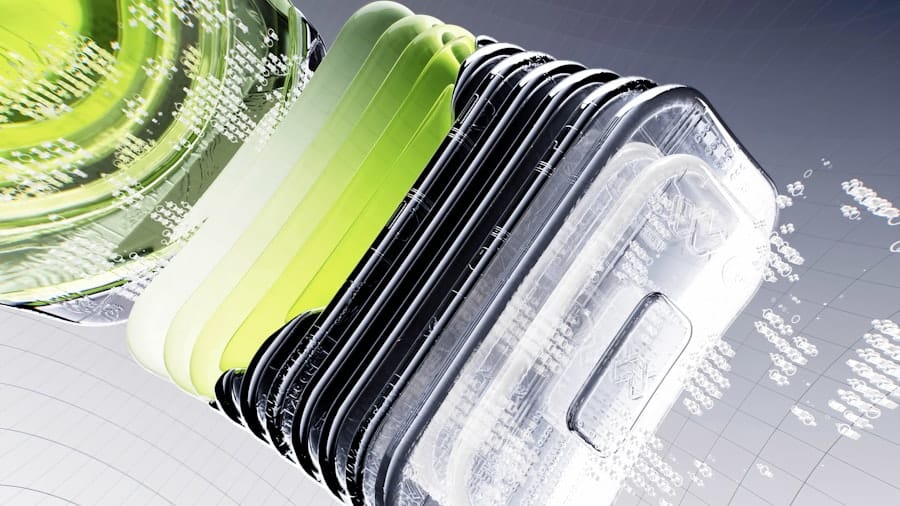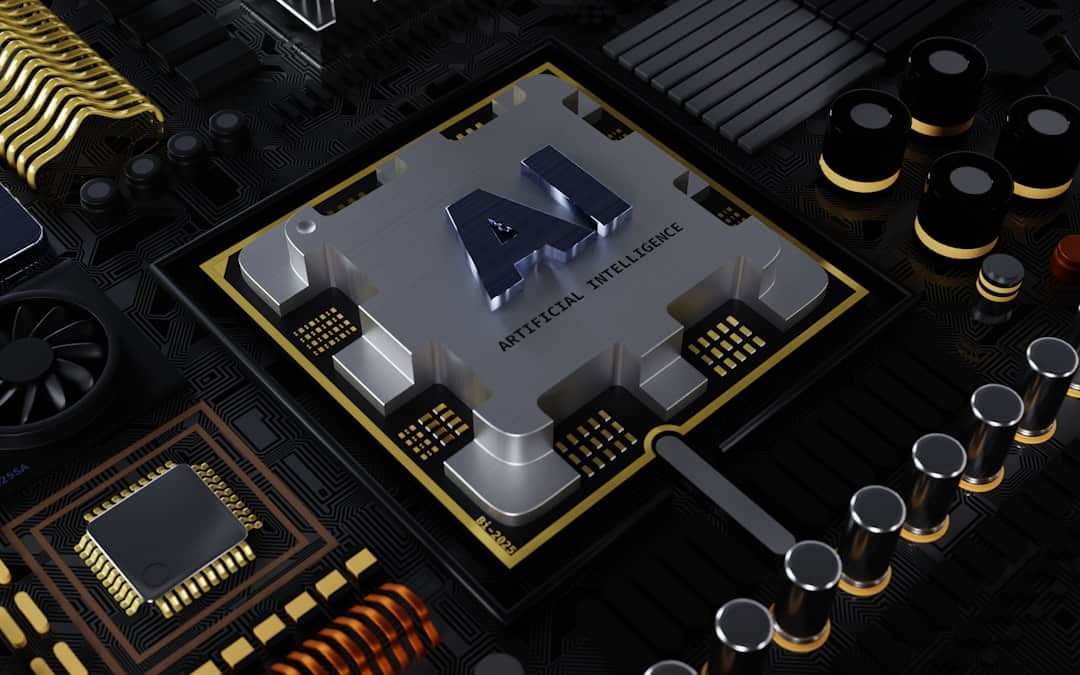Deep learning is a branch of machine learning that utilizes multi-layered neural networks to analyze and solve complex problems. Its ability to process vast amounts of data has led to significant advancements in fields such as image and speech recognition, natural language processing, and autonomous vehicle technology. Keras is an open-source Python library designed for building and training deep learning models.
It operates on top of other libraries like TensorFlow and Theano, offering a user-friendly interface for neural network development. The popularity of deep learning with Keras has grown due to its simplicity and versatility in constructing various neural network architectures, including convolutional neural networks (CNNs) and recurrent neural networks (RNNs). Keras enables rapid experimentation with different model designs and hyperparameters, making it suitable for both novice and experienced practitioners in the field of deep learning.
This article will cover several key aspects of deep learning with Keras, including:
1. Fundamentals of neural networks and artificial intelligence
2. Building and training deep learning models using Keras
3.
Hyperparameter tuning and optimization techniques
4. Advanced deep learning methods
5. Deployment of deep learning models in real-world applications
Key Takeaways
- Deep learning is a subset of machine learning that uses neural networks to mimic the way the human brain processes information, and Keras is a popular open-source deep learning library for building and training neural networks.
- Neural networks are the building blocks of deep learning and artificial intelligence, and understanding their fundamentals is crucial for developing effective deep learning models.
- Keras provides a user-friendly interface for building and training deep learning models, making it accessible for both beginners and experienced practitioners.
- Fine-tuning hyperparameters and optimizing deep learning models is essential for improving their performance and achieving better results in real-world applications.
- Advanced techniques in deep learning, such as transfer learning, regularization, and data augmentation, can further enhance the performance of deep learning models built with Keras, and deploying these models for real-world applications is the ultimate goal of deep learning development.
Understanding the Fundamentals of Neural Networks and AI
Neural Network Architecture
At its core, a neural network consists of interconnected nodes, or neurons, organized into layers. The input layer receives the initial data, which is then passed through one or more hidden layers where the computation and learning take place, before reaching the output layer for the final prediction or classification.
Training and Optimization
Each connection between neurons is associated with a weight that is adjusted during the training process to minimize the error between the predicted output and the actual target. This is achieved through the use of algorithms that iteratively improve the model’s performance by adjusting the weights and biases of the neural network based on the error or loss calculated during training.
Deep Learning and Artificial Intelligence
Artificial intelligence (AI) is a broader concept that encompasses the development of intelligent machines capable of performing tasks that typically require human intelligence. Deep learning is a subset of AI that focuses on training neural networks to learn from data and make decisions or predictions without explicit programming. As a result, deep learning models can effectively recognize patterns in data, extract meaningful features, and generalize to new, unseen examples.
Building and Training Deep Learning Models with Keras

Building and training deep learning models with Keras involves several key steps, starting with the design of the neural network architecture. This includes defining the number of layers, the type of activation functions, the input and output dimensions, and any additional parameters specific to the chosen model. Keras provides a wide range of pre-built layers and activation functions that can be easily integrated into the model architecture, allowing for quick experimentation and customization.
Once the model architecture is defined, the next step is to compile the model by specifying the loss function, optimizer, and evaluation metrics. The loss function measures how well the model performs on the training data, while the optimizer is responsible for updating the model’s weights based on the calculated loss. Additionally, evaluation metrics such as accuracy or precision can be specified to monitor the model’s performance during training.
Keras offers a variety of built-in loss functions and optimizers, as well as the flexibility to define custom functions for more specialized tasks. After compiling the model, it can be trained on a labeled dataset by calling the `fit` method and providing the input data along with the corresponding target labels. During training, the model iteratively adjusts its weights to minimize the loss function using a process known as backpropagation.
This involves calculating the gradient of the loss with respect to each weight in the network and updating them accordingly using the chosen optimizer. Training can be monitored using callbacks to track metrics, save checkpoints, or early stop based on certain conditions.
Fine-tuning Hyperparameters and Optimizing Deep Learning Models
| Hyperparameter | Value |
|---|---|
| Learning Rate | 0.001 |
| Batch Size | 32 |
| Number of Epochs | 50 |
| Optimizer | Adam |
| Dropout Rate | 0.5 |
Fine-tuning hyperparameters is an essential aspect of optimizing deep learning models for improved performance. Hyperparameters are parameters that are not learned during training but instead control aspects such as model complexity, learning rate, batch size, and regularization techniques. Finding the optimal set of hyperparameters often requires experimentation and tuning to achieve the best results for a specific task or dataset.
Keras provides various tools for hyperparameter tuning, including grid search, random search, and Bayesian optimization through integration with libraries such as scikit-learn and Keras Tuner. Grid search involves defining a grid of hyperparameter values to explore all possible combinations, while random search samples from a distribution of hyperparameter values to efficiently search the space. Bayesian optimization uses probabilistic models to select promising hyperparameter configurations based on previous evaluations.
In addition to hyperparameter tuning, optimizing deep learning models also involves addressing issues such as overfitting, underfitting, and vanishing gradients. Overfitting occurs when a model performs well on the training data but fails to generalize to new examples, while underfitting indicates that the model is too simple to capture the underlying patterns in the data. Techniques such as dropout, batch normalization, early stopping, and data augmentation can be employed to mitigate these issues and improve model generalization.
Implementing Advanced Techniques in Deep Learning with Keras
Advanced techniques in deep learning with Keras encompass a wide range of methods for enhancing model performance, interpretability, and robustness. One such technique is transfer learning, which involves leveraging pre-trained models on large datasets such as ImageNet and fine-tuning them for specific tasks or domains. This can significantly reduce the amount of labeled data required for training and improve model generalization.
Another advanced technique is attention mechanisms, commonly used in natural language processing tasks such as machine translation and text summarization. Attention allows the model to focus on specific parts of the input sequence when making predictions, enabling more accurate and context-aware outputs. Keras provides built-in layers for implementing attention mechanisms in recurrent neural networks, making it easier for practitioners to incorporate these techniques into their models.
Furthermore, adversarial training is an advanced technique used to improve model robustness against adversarial attacks by training the model on adversarially perturbed examples. This helps expose vulnerabilities in the model’s decision boundaries and encourages it to learn more robust features that generalize better to unseen data. Keras offers support for adversarial training through integration with libraries such as cleverhans and Adversarial Robustness Toolbox (ART).
Deploying Deep Learning Models for Real-world Applications

Model Deployment Options
Keras provides several options for deploying models in production environments. For instance, trained models can be converted to optimized formats using tools like TensorFlow Serving or TensorFlow Lite for mobile and edge devices.
Monitoring and Maintaining Deployed Models
In addition to model deployment, it is crucial to monitor and maintain deployed models to ensure continued performance and reliability. This involves tracking metrics such as inference latency, throughput, and error rates, as well as implementing strategies for model versioning, A/B testing, and gradual rollout of new updates. Keras offers integration with tools like TensorFlow Extended (TFX) for end-to-end ML pipelines that encompass model validation, deployment, monitoring, and continuous improvement.
Addressing Ethical Considerations
Deploying deep learning models often involves addressing ethical considerations related to bias, fairness, privacy, and transparency. Keras provides resources and best practices for responsible AI development, including fairness indicators for assessing model fairness, TensorFlow Privacy for training models with differential privacy guarantees, and TensorFlow Federated for decentralized learning across multiple devices while preserving data privacy.
Conclusion and Future Developments in AI and Deep Learning
In conclusion, deep learning with Keras has revolutionized the field of AI by enabling practitioners to build powerful neural network models with ease and flexibility. From understanding the fundamentals of neural networks and AI to fine-tuning hyperparameters, implementing advanced techniques, and deploying models for real-world applications, Keras has become an indispensable tool for driving innovation in various domains. Looking ahead, future developments in AI and deep learning are likely to focus on areas such as multimodal learning, where models can effectively process and understand information from multiple modalities such as text, images, and audio.
Additionally, advancements in reinforcement learning are expected to enable more complex decision-making capabilities in autonomous systems and robotics. Furthermore, research into explainable AI (XAI) aims to enhance model interpretability and transparency by providing insights into how deep learning models make predictions. As AI continues to evolve and permeate various aspects of society, it is essential for practitioners to prioritize ethical considerations in AI development while striving for continuous improvement in model performance and reliability.
With Keras at the forefront of deep learning innovation, it is poised to play a pivotal role in shaping the future of AI and driving impactful advancements in technology and beyond.
If you’re interested in exploring the intersection of emerging technologies and the metaverse, particularly how deep learning frameworks like Keras can be integrated, you might find the article “Future Trends and Innovations in the Metaverse: Emerging Technologies Shaping the Metaverse” insightful. This article discusses various technological advancements, including deep learning, that are poised to influence the development of virtual worlds. You can read more about it by visiting Future Trends and Innovations in the Metaverse.
FAQs
What is Keras in deep learning?
Keras is an open-source neural network library written in Python. It is capable of running on top of TensorFlow, Microsoft Cognitive Toolkit, Theano, or PlaidML. It is designed to enable fast experimentation with deep neural networks.
What are the key features of Keras?
Some key features of Keras include user-friendly API, modularity, easy extensibility, and compatibility with Python.
What are the benefits of using Keras for deep learning?
Keras provides a high-level, user-friendly interface for building and training deep learning models. It allows for easy and fast prototyping, supports both convolutional and recurrent networks, and is highly modular and extensible.
How is Keras different from TensorFlow?
TensorFlow is a lower-level library for building and training machine learning models, while Keras is a high-level neural networks API that is capable of running on top of TensorFlow. Keras provides a more user-friendly interface for building and training deep learning models.
What are some common use cases for Keras in deep learning?
Keras is commonly used for image and text classification, object detection, and natural language processing tasks. It is also used in various research and industrial applications for building and training deep learning models.

Leave a Reply